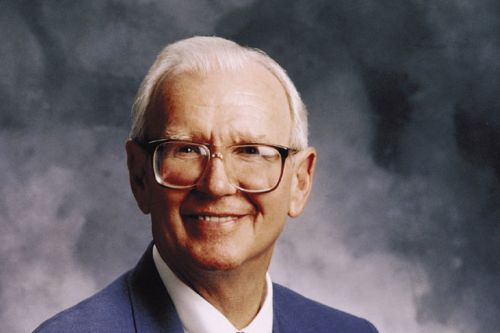
The original one-handed rigging was made by Bascom from a section of rubber belting discarded from a threshing machine, with the entire rigging-the handhold and the body-all made as one piece. In the early 1920s, when the old rodeo rules allowing two handed riding were being phased out and replaced with the newer rule of riding with one hand in the rigging and one hand in the air, Earl Bascom invented, designed and made rodeo's first one-hand bareback rigging. Others held a loose or twisted rope tied around the horse's girth, and other methods involved using multiple handhold leather riggings based on a surcingle. In some cases, the rider simply held onto the horse's mane, called a mane-hold. The riding equipment used during that era varied.
#BUCK AND RIDER PROFESSIONAL#
The rider leans back and spurs with an up and down motion from the horse's point of shoulder toward the rigging handle, spurring at each jump in rhythm with the motion of the horse.īareback bronc riding began to develop as a professional rodeo sporting event around 1900. The bareback rider does not use a saddle or rein, but uses a rigging that consists of a leather and rawhide composite piece often compared to a suitcase handle attached to a surcingle and placed just behind the horse's withers. The rider lifts on the rein and attempts to find a rhythm with the animal by spurring forwards and backwards with their feet in a sweeping motion from shoulder to flank. The saddle bronc rider grips a simple rein braided from cotton or polyester and attached to a leather halter worn by the horse. In saddle bronc, the rider uses a specialized saddle with free-swinging stirrups and no horn. saddle bronc riding īareback bronc and saddle bronc styles are very different. Both of these were won by Harry Henry Brennan, known today as the "father of modern bronc riding." Bareback bronc vs. The following year competitions were held on September 2, 1902, at Cheyenne, Wyoming's Cheyenne Frontier Days, and in Denver, Colorado, at The Denver Horse Show Association annual event.

The first three sanctioned bronc riding championship events were held in 1901 at the Colorado Cattle and Horse Grower's Association, Denver Horse Show Association, and the Northwestern Colorado competition. The earliest examples of American bronc riding were believed to have been born out of breaking horses for the United States Army, most notably in Wyoming and Colorado. A horse who bucks in a spectacular and effective manner will score more points than a horse who bucks in a straight line with no significant changes of direction. The ride as a whole is rated as the sum of these individual scores: scores in the 80s are considered very good, and in the 90s are considered exceptional. A rider that manages to complete a ride is scored on a scale of 0–50 and the horse is also scored on a scale of 0–50. This means they must have the heels of their boots in contact with the horse above the point of the shoulders before the horse's front legs hit the ground. On the first jump out of the chute, the rider must "mark the horse out".

#BUCK AND RIDER FREE#
The rider attempts to stay on the horse for eight seconds without touching the horse with their free hand.


When the rider is ready, the gate of the bucking chute is opened and the horse bursts out and begins to buck. It is recognized by the main rodeo organizations such as the Professional Rodeo Cowboys Association (PRCA) and the International Professional Rodeo Association (IPRA).Įach competitor climbs onto a horse, which is held in a small pipe or wooden enclosure called a bucking chute. Originally based on the necessary buck breaking skills of a working cowboy, the event is now a highly stylized competition that utilizes horses that often are specially bred for strength, agility, and bucking ability. Bareback bronc riding at the Calgary Stampede.īronc riding, either bareback bronc or saddle bronc competition, is a rodeo event that involves a rodeo participant riding a bucking horse (sometimes called a bronc or bronco) that attempts to throw or buck off the rider.


 0 kommentar(er)
0 kommentar(er)
